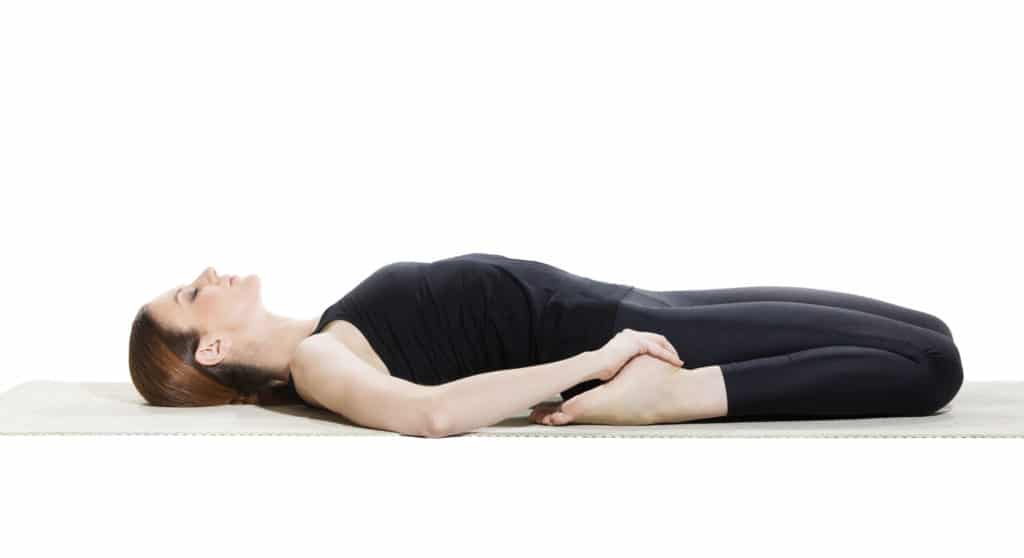Last updated: March 20, 2020

One form of this concern is
Long-held stresses create creep in the connective tissues, which makes them longer, weaker and less able to deal with loads or stresses. While in this weakened state, stress can damage the tissue.
This may be true! But this does not mean making tissues weaker is a bad thing. Making tissues weaker is the whole principle of exercise.[1] Exercise loads the tissues, making them initially weaker. Then, during the refractory (rest) period between bouts of exercise, the body adapts and makes the areas we just used more usable. For example, in weight training we may stress the arm muscles by doing curls with progressively heavier weights until we can barely do one repetition with the highest weight we can manage. This exercise weakens the muscle. We cannot curl as much weight after exercising as we did before the session; we can feel this weakness, and it is a sign that we had a good workout. Then, over the next 24 to 48 hours, we let our muscles rest. At the end of the rest period the muscles are stronger than before.
This happens during our Yin Yoga practice as well, except instead of strengthening the muscles, the stress is applied to the fascia, ligaments, joints, etc. During this stress, these tissues become longer, thinner and weaker. That’s okay. During the rest period that follows, the tissues adapt and become stronger. During the stress, the tissues undergo creep, which is the technical term for the elongation that happens to materials when subjected to a constant load. Once the stress has ended, the tissues slowly recover and return to their original length and strength, but until the recovery has finished, the tissues are weaker. It may not be a good idea to subject your tissues to high levels of load during this initial recovery period. How long this period lasts depends on many factors, such as the individual’s biology and state of health, how much stress was applied and for how long, and what countermovements or counterposes were performed. A day or two after the yin exercises, the tissues should have fully recovered and become stronger than before. (Further information on this topic is available in the article Creep and Counterposes.)
This raises the question of whether athletes should stretch before their performance or sport. This issue is addressed in the section, Yin Yoga is not good for athletes. The answer is … maybe not. But, maybe! As in all things, it depends. The key question is to determine what works for you, and that will take some experimentation and attention.
Return to Topics
[1] Scientists even have a term for this: SAID, which mean Specific Adaptation to Imposed Demand. When we impose a load, stress or demand on our tissues, they adapt and become more able to tolerate the demand.
